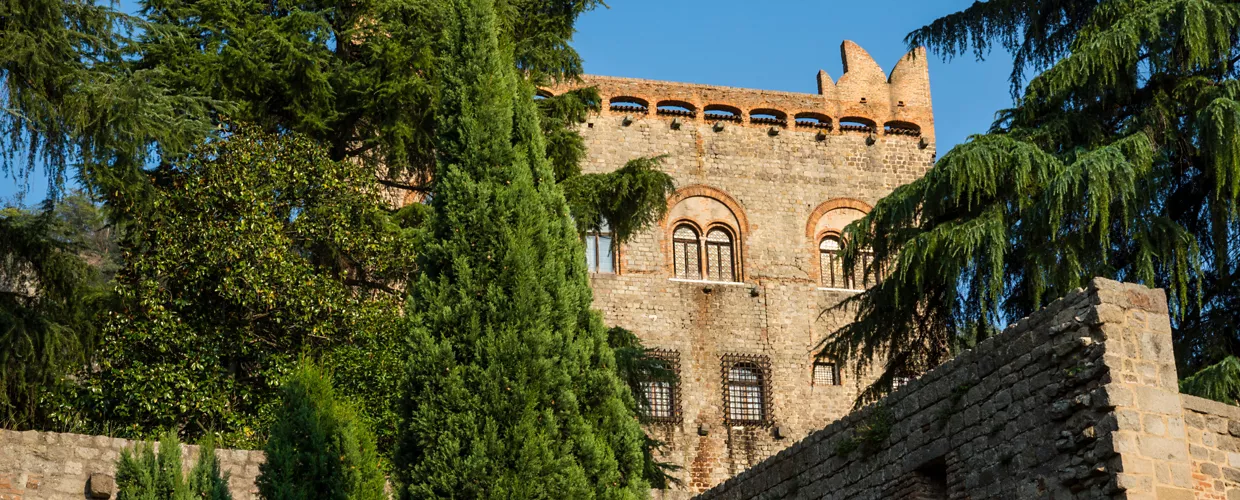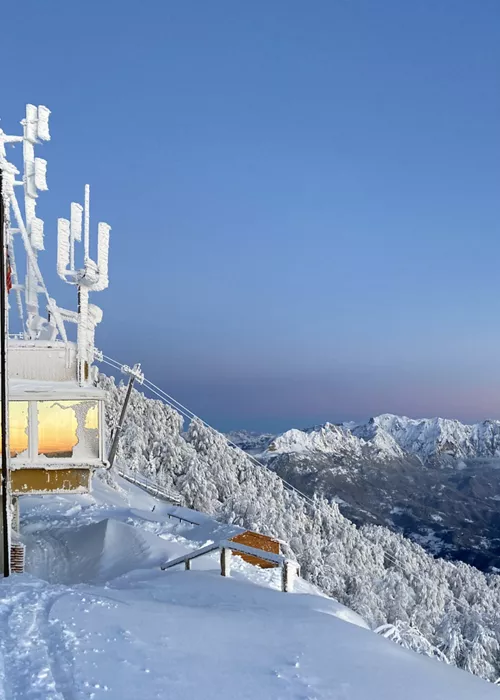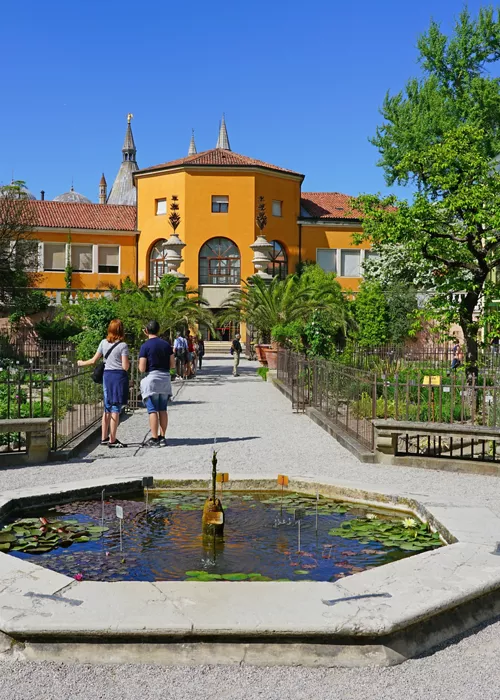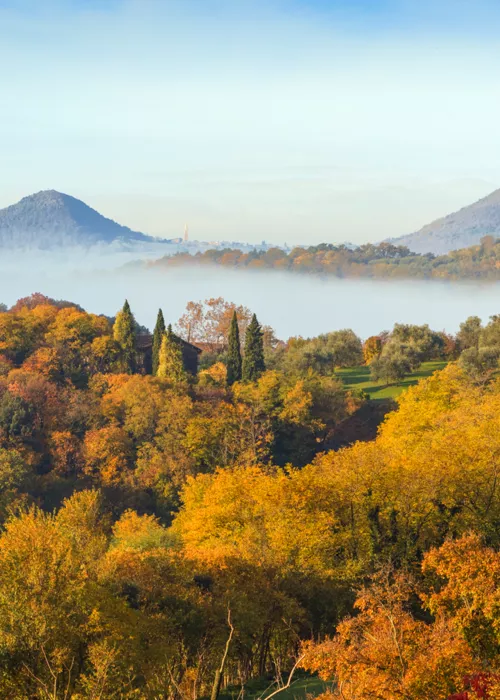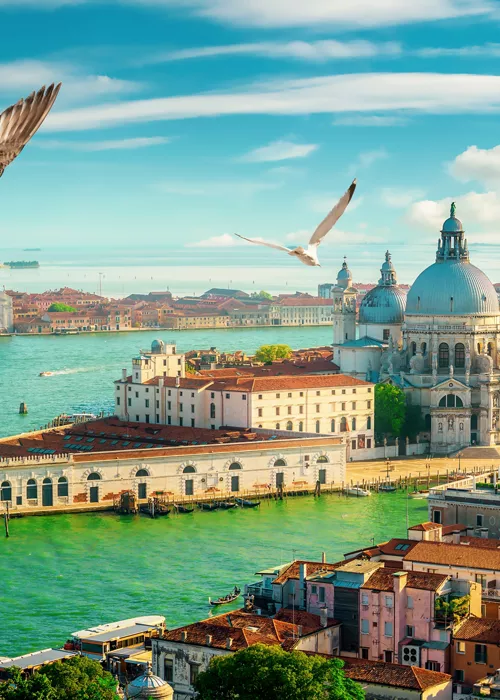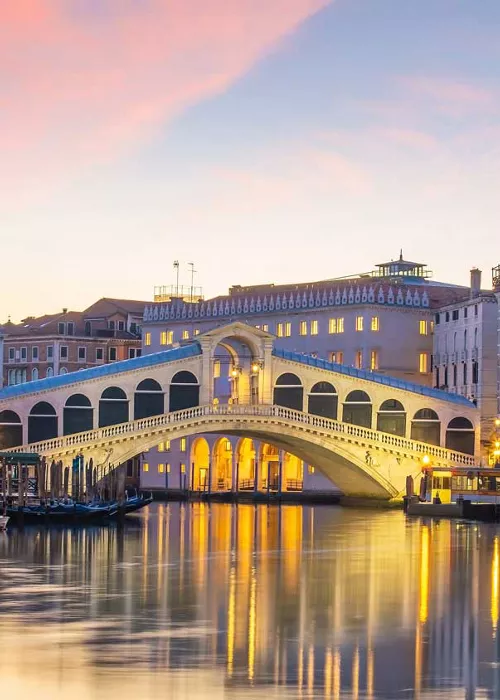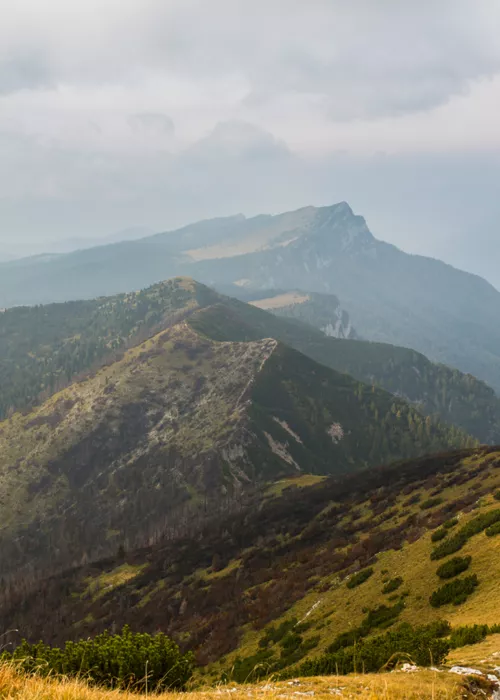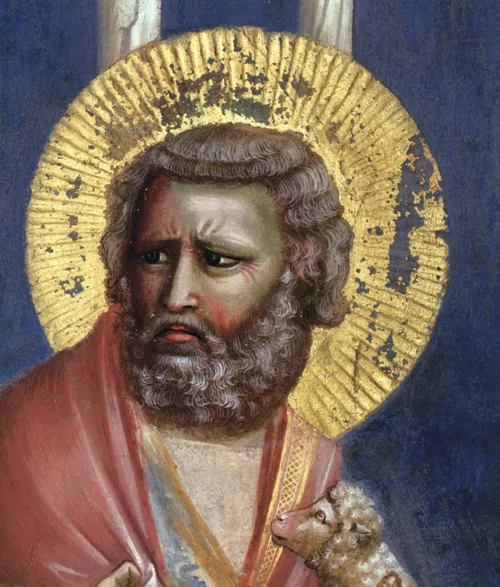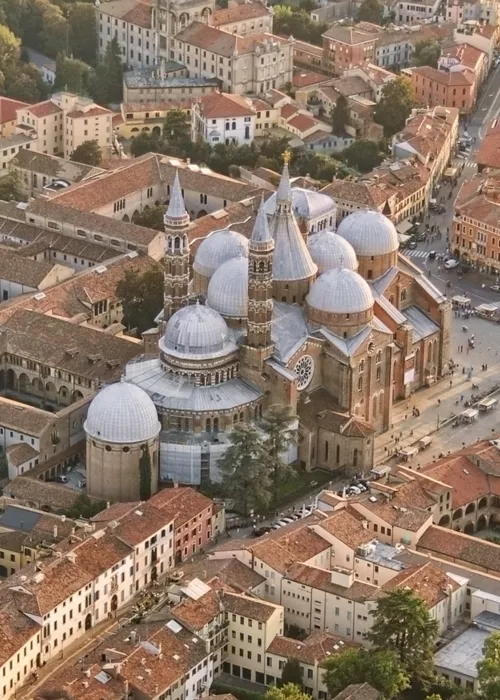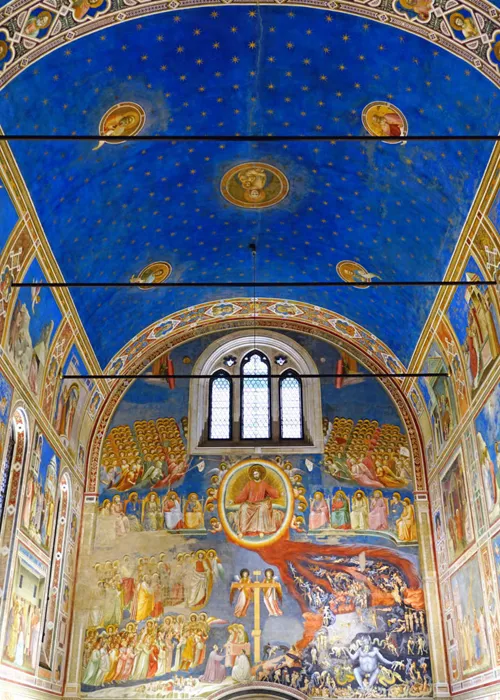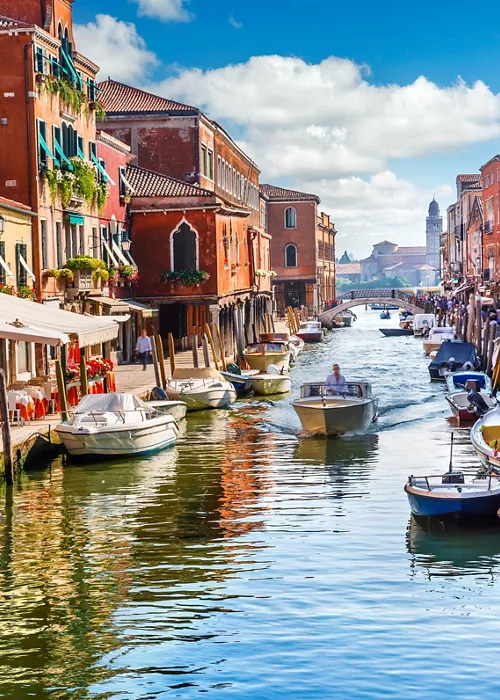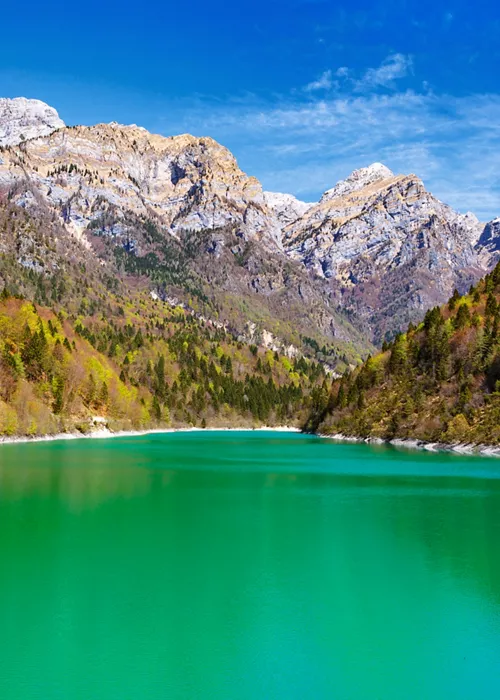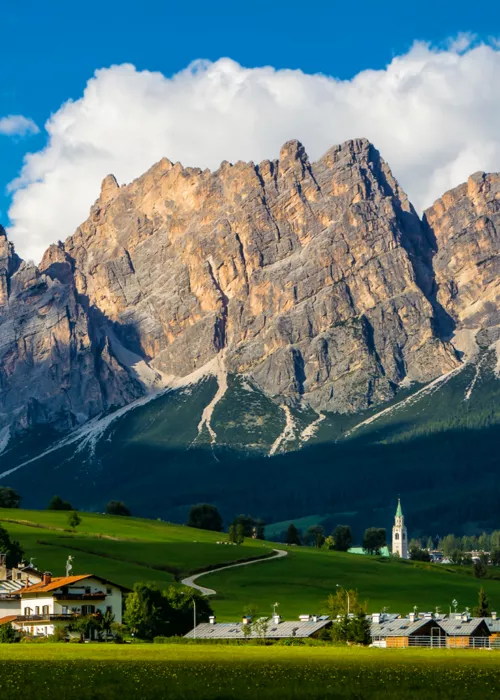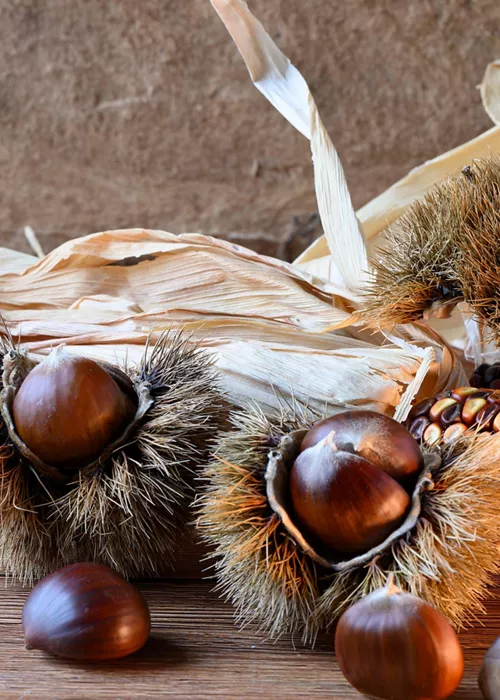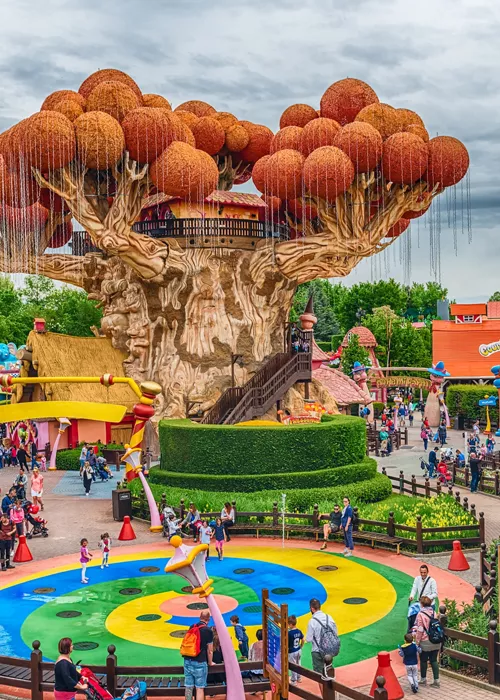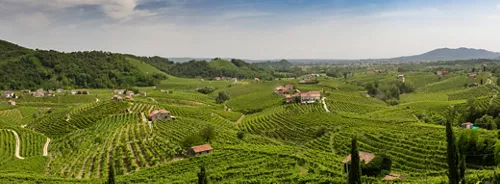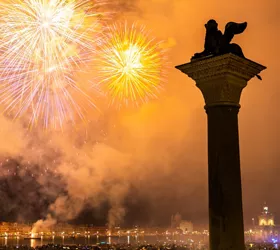The city of Monselice, with its strategic position for defending the city of Padua, embodies a blend of styles and cultures from different peoples and different eras: first the Romans, followed by the Lombards, the Franks of Charlemagne, the Este family, the Hohenstaufen family and finally the Republic of Venice.
You can still spot signs of these cultures today, for example in the medieval castle, the library of which houses the Lombard Antiquarium.
LOCAL TRADITIONS
Visitors who enjoy popular local festivals are sure to enjoy the “La Giostra della Rocca” tournament, the origins of which date back to 1239 when Frederick II, Holy Roman Emperor, passed through the town and was greeted by great festivities, which were repeated in the years that followed.
This festival takes place every third Sunday in September, with historical processions through the streets of the city, the Quintana horse race in the afternoon and the awards ceremony.
The tournament consists of a competition between the city’s nine districts, with chess games, contests of strength and skill such as archery, the millstone race, and the relay race.
A HIKING ROUTE STEEPED IN HISTORY
Hiking enthusiasts should not miss the Monte Ricco trail.
Lying like a sleeping dragon to the west of the town of Monselice, Monte Ricco fascinates for the legends it guards and for its shape, modified over time by the mining activity of the trachyte quarries, now disused. It is a 5 km route through woods and clearings, easy and free of steep slopes. Not to be missed along the way is a stop at the impressive panoramic terrace, where the statue of Hercules dominates the landscape, holding the globe on his strong shoulders. From here, there is a wonderful view of the Rocca di Monselice to the east, and further in the distance, the peaks of the Cero and Castello di Baone mounts, with the beautiful Calaone bell tower in the centre. The Monte Ricco trail is a visible sign of the industrial growth that the city experienced under the rule of Venice.
During this historical phase, the city gradually lost its military importance, but developed in other areas, such as agriculture, industry (quarries and spinning mills) and trade, using inland navigation as a convenient means of transport.
Mining in the area reached its peak in the 18th century. A large quantity of trachyte that was mined in Monselice in 1722 was used to pave St Mark’s Square in Venice.



